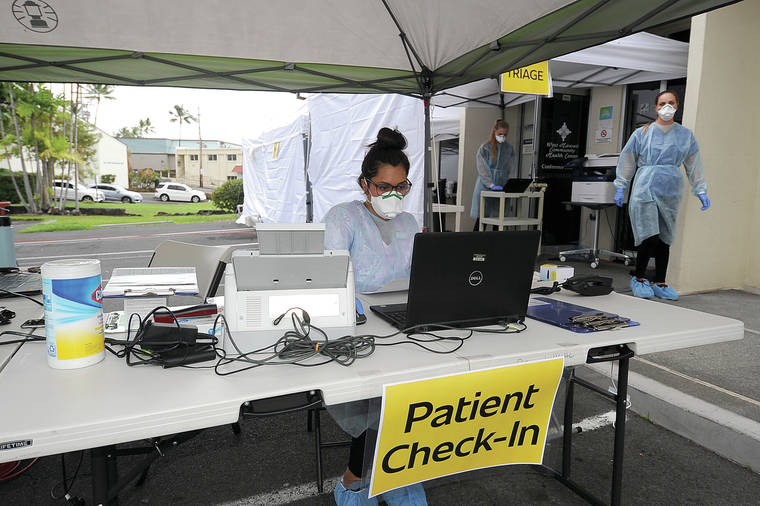Black Lives Matter.
This is a difficult and trying time for everybody, regardless of race, social class, or occupation. We are in the middle of an incredibly unique era where change is coming, and our generation is pushing for it. With this in mind, we are also in the middle of a pandemic. Covid-19 has yet to pass, and we need to be mindful of this. The potential for the virus to spread is still significant and should be considered when we leave the house for demonstrations. Recently, the Oregon Health Authority has found over 100 new cases in the last week. As a community, we need to protest for what is right, and stand for justice, but we need to keep our city, and our community safe. With peaceful protests, we have successfully been advocating for justice, for what is right. But now we need to remember that we are still in a pandemic.
How can we keep our community safe? Here are a few easy things you can do to help stay healthy:
1)Wear proper masks that are well fitted to your face.
2)Carry hand sanitizer with you incase you don't have access to sinks and soap.
3)Practice social distancing in congested areas such as stores.
For more information, check the links below and stay safe!
Coronavirus Spike!
Stay healthy.










